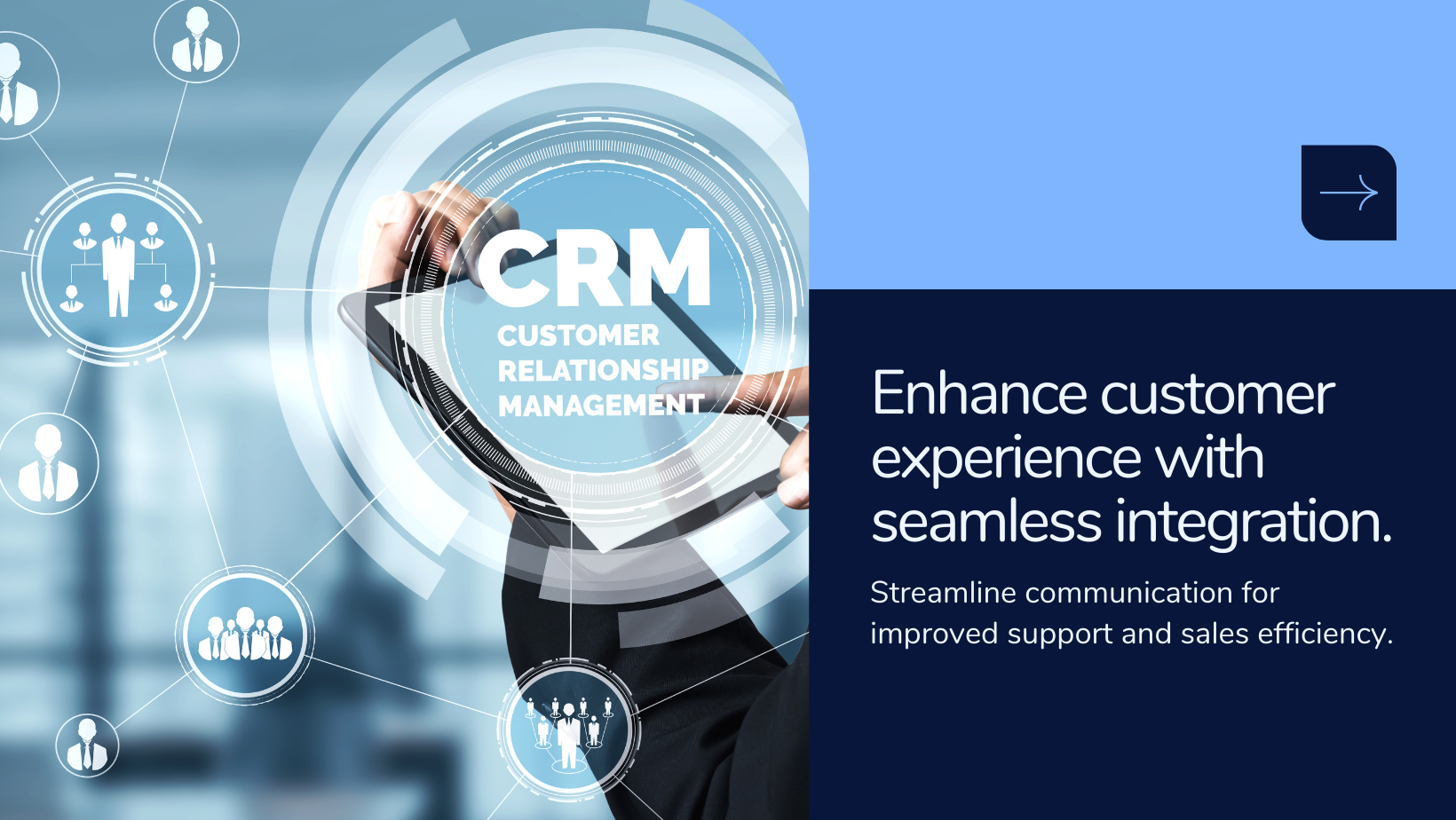Power of Contact Lists in Marketing
In the world of marketing, where personalization and targeted messaging reign supreme, contact lists emerge as invaluable tools. Whether you're a seasoned marketer or just dipping your toes into the digital marketing sphere, understanding the nuances of contact lists can significantly elevate your campaigns' effectiveness. Let's delve into the why, what, and how of contact lists.
Why are Contact Lists Helpful?
Contact lists serve as organizational frameworks that allow marketers to segment their audience effectively. By categorizing contacts based on various criteria, such as their behavior, demographics, or purchase history, marketers can tailor their messages to resonate with specific groups. This targeted approach not only enhances engagement but also increases the likelihood of conversions.
Types of Contact Lists
- Internal (Customer) Contacts: These contacts comprise individuals who have registered on your website during any activity. They represent a pool of potential customers who have already expressed interest in your brand.
- Imported Contact: External Contacts to which have not registered on your website but you want to send campaigns.
- Abandoned Cart Contacts: Customers who have added products to their carts but haven't completed the purchase are automatically added to this list. Targeted offers can entice them to finalize their transactions.
- Buyer Groups: By organizing contacts into buyer groups, marketers can send tailored messages to specific segments of their audience, catering to their unique preferences and behaviors.
- Payment Due Contacts: This list includes individuals who have pending payments, allowing marketers to send timely reminders and streamline the payment process.
- Never Purchased, Purchased Only Once, Purchased More than Once: These lists categorize contacts based on their purchase behavior, enabling marketers to craft targeted campaigns that encourage repeat purchases or incentivize first-time buyers.
Benefits -
- Personalized Messaging: By creating contact lists, businesses can personalize messages according to the specific interests and preferences of different customer segments. This allows for tailored communication, including exclusive offers or promotions, based on the characteristics of each contact list.
- Efficient Engagement: Contact lists enable businesses to engage specific customer segments with relevant marketing messages. Whether it's internal customer contacts, abandoned cart contacts, or contacts segmented based on purchase behavior, businesses can ensure that their messages reach the right recipients, increasing the effectiveness of their marketing campaigns.
- Automated Segmentation: HyperInventory's auto contact list segmentation feature automatically categorizes contacts based on their actions and behaviors, such as abandoned carts, payment due status, and purchase history. This saves time and effort by eliminating the need for manual analysis and segmentation, allowing businesses to focus on other aspects of their marketing strategy.
- Recovery Opportunities: Contacts categorized as abandoned cart contacts represent potential sales opportunities. By reaching out to these contacts with customized offers or reminders, businesses can encourage them to complete their purchases, reducing cart abandonment rates and increasing revenue.
- Tailored Offers: By segmenting contacts into buyer groups based on their preferences or purchase history, businesses can tailor their offers to match the interests of each group. This increases the likelihood of conversion by delivering relevant promotions to customers who are most likely to respond positively.
- Customer Engagement: Contact lists also help businesses identify customers who have never made a purchase or have only purchased once. By reaching out to these contacts with special incentives or promotions, businesses can re-engage them and encourage repeat purchases, fostering long-term customer relationships.
- Insights and Analysis: HyperInventory's contact lists provide valuable insights into customer behavior and purchasing patterns. By analyzing contact lists based on criteria such as purchase frequency or total spend, businesses can gain actionable insights to inform their marketing strategies and improve customer retention.
How to Create Contact Lists:
Step 1: Go to marketing from the top bar and click on "Contact List"

Step 2: Click on the "Create Contact List" button.

Step 3: Add a Contact List Name and click on Continue
Step 4: Click on the "Assign Contact" button and select the contacts which you want to add in this list and click submit.
Bulk Import Contact Lists:
Step 1: Click on "Import Center" from Settings

Step 2: Click on "Bulk Import" Button which is on the top most right hand side on the page. A list of the types of Import that you can make will be displayed.

Step 3: Select the "Bulk Assign contacts to a list" option which will lead you to Upload File page.

Step 4: Download the Sample CSV File.
Step 5: Remove the sample data and add email ID, mob number, contact list name and sales channel.
Step 6: Save the file in CSV and import it in the "Upload your CSV File" section on HyperInventory from where you downloaded the sample file.
Conclusion
In the ever-evolving landscape of digital marketing, contact lists emerge as indispensable tools for effective communication and audience segmentation. By leveraging the power of contact lists, marketers can unlock new avenues for personalized engagement, streamlined campaign management, and ultimately, enhanced customer satisfaction and loyalty. Embrace the potential of contact lists, and watch your marketing efforts soar to new heights.




